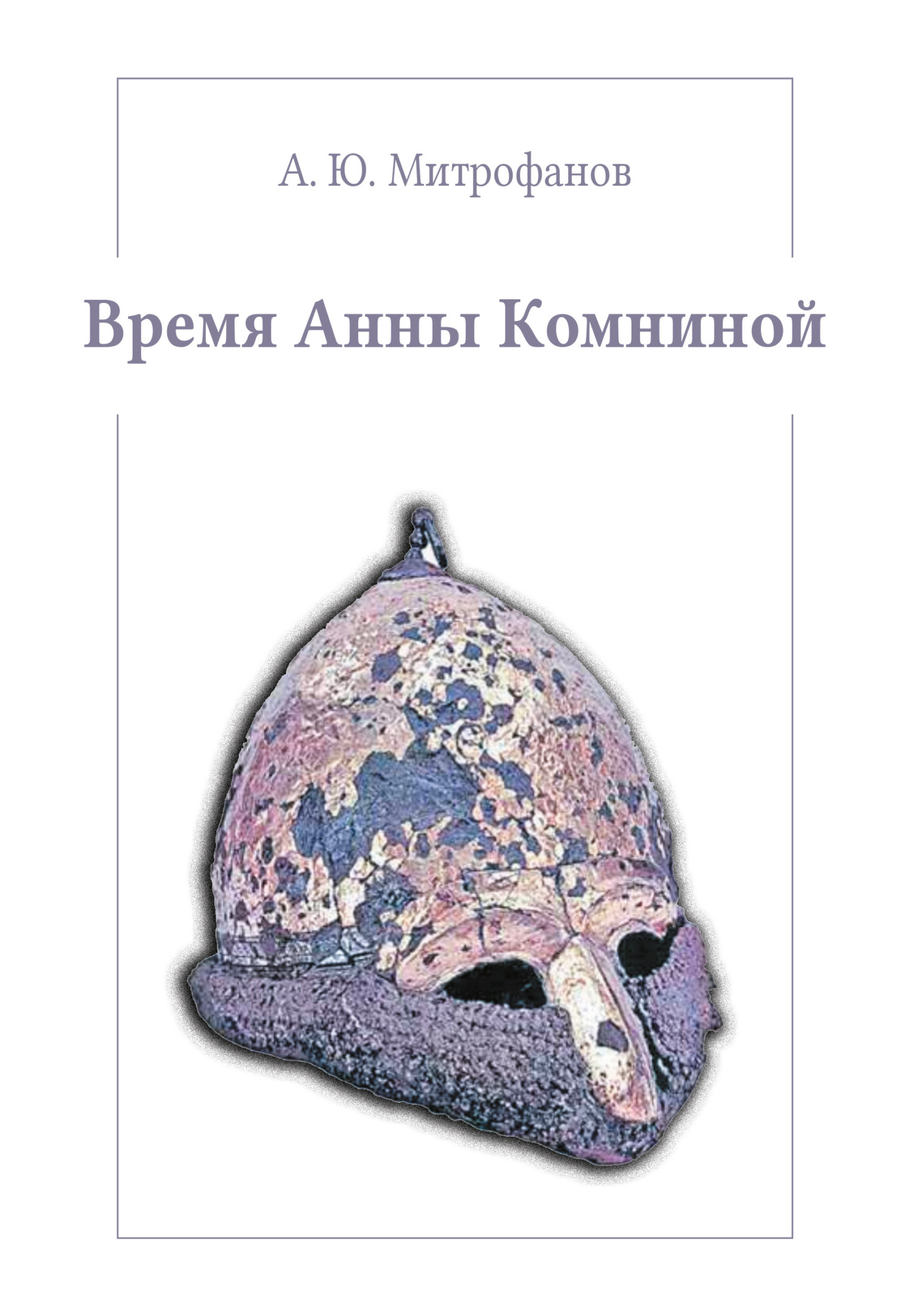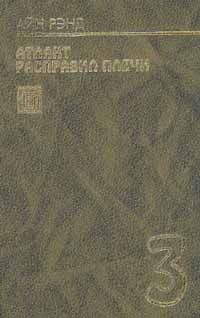in detail the fragments of Anna Komnena on the
impostors Pseudo-Michael and Pseudo-Diogenes I Furthermore the Author mentions out of the Russian Chronicles the rebellion of the
impostor Pseudo-Diogenes II “Devgenevich” and the rebellion of his son, the Pseudo-Prince Vasilko Leonovich.
Pseudo-Michael was a protégé of the Normans and Robert Guiscard personally; Pseudo-Diogenes I relied on the help of the Cuman Khan Tugorkan, while Devgenevich and Pseudo-Prince Vasilko enjoyed the support and official recognition of the Grand Duke of Kiev Vladimir Monomakh (1113–1125).
Vladimir Monomakh even related himself to the impostor Devgenevich by marring his daughter Maritsa to him. Their son was the impostor Pseudo-Prince Vasilko. On the basis of these undeniable historical facts, proved by A. Yu. Mitrofanov, the phenomenon of Byzantine imposture, which had been largely documented and described by Anna Komnena and other Byzantine historians, mentioned by the Author, proves to be an old and well known strategy of impostors on the byzantine imperial throne. This phenomenon is repeated by Russian political culture. This circumstance manifested itself many centuries later during the Time of Troubles (1605-1613) and during the reign of Empress Catherine the Great (1762–1796), and then influenced the formation of the phenomenon of Soviet leaders and Soviet totalitarianism.
A. Yu. Mitrofanov explores in detail the state of the armed forces of the Byzantine Empire and the Normans who were extensively documented by Anna Komnena, and he comes to the conclusion about the Westernization of the Byzantine military aristocracy in the era of the Emperor Alexios Komnenos. A. Y. Mitrofanov criticizes the views of some researchers who claim that Anna Komnena was not an author of an original work, but only treated the notes of her husband, Nikephoros Bryennios, who was well versed in military Affairs.
That is why A. Yu. Mitrofanov examines those notes of Nikephoros Bryennios. His investigations of these notes are proving, that Anna Komnena conducted her own independent research work and had access not only to the notes of Nikephoros Bryennios or the testimonies of the Bishop of Bari, as wrote Ya. N. Lyubarsky, but also to the lost memoirs of George Palaiologos and Tatikios.
The book of A. Yu. Mitrofanov “The Time of Anna Komnena” is not a dry scientific monograph, but a work, which is written in a living literary language. This book of A. Yu. Mitrofanov compares favorably with many modern publications on the history of Byzantium. From this point of view, it seems obvious that A. Yu. Mitrofanov seeks to imitate his main heroine – Anna Komnena.
One philosophe once said, God determines the longitude of the human life, but the latitude of the life is determined by the human person himself. Anna Komnena fully confirms these words, for the Porphyrogenita princess of the imperial byzantine family managed to accommodate an entire epoch of Byzantine history in her creative life…
Le livre d’A. Yu. Mitrofanov «Le Temps d’Anne Comnène» est dédié à la réflexion sur le règne de l’empereur Alexis Ier (1081–1118) et sur son époque dans l’œuvre principale de sa fille, la princesse Anne Comnène (1083–1153/1154), connue sous le nom de l’«Alexiade». Comme l’a mentionné un byzantiniste éminent et historien de l’art Hans Belting, l’empereur Alexis Ier a été représenté par Anna Comnène comme une «icône vivante» (als lebende Ikone) [11]. Cependant, A. Yu. Mitrofanov prouve que malgré le désir d’Anna Comnène d’écrire une biographie élogieuse de son père, en réalité, l’«Alexiade» a largement dépassé le cadre de genre du panégyrique et elle est devenu un miroir de l’époque, dont le sort a largement déterminé le règne de l’empereur Alexis Ier. Anna Comnène a écrit l’«Alexiade» trente ans après la mort de son père et de la tentative infructueuse d’un coup d’état du palais, qui a conduit Anna Comnène à l’exil honorable dans le monastère de la Très Sainte Théotokos de Grâce «Kecharitomene». La princesse a écrit l’«Alexiade» pendant le règne turbulent de son neveu, l’empereur Manuel Ier Comnène (1143–1180), qui a essayé de transformer l’Empire Byzantin dans un hégémon militaire et politique, comme l’était l’Empire Byzantin à l’époque de l’empereur Justinien Ier le Grand (527–565) et de l’empereur Basile II le Bulgaroctone (976–1025), au prix d’efforts incroyables. D’après A. Yu. Mitrofanov l‘«Alexiade», écrite par Anne Comnène vers 1146–1148, était une sorte de testament politique à son neveu auguste et en même temps un manifeste d’opposition, qui était dirigé contre sa politique pro-latine. D’après A. Yu. Mitrofanov c’est la combinaison de biographie, de chronique historique et de manifeste politique actuel qui a fait l’«Alexiade» d’Anne Comnène le livre que Karl Krumbacher a appelé à juste titre «le meilleur travail historique que le Moyen Âge nous a laissé» [12]. Comme A. Yu. Mitrofanov mentionne, les certaines des intrigues de la cour, décrites par Anne Comnène, en particulier les relations amoureuses de l’impératrice Maria d’Alania et Alexis Comnène, trouvent des parallèles dans l’ouvrage du poète seldjoukide Fakhruddin Gurgani (XIme siècle), qui a écrit en persan, et d’après l’opinion de V. F. Minorsky qui s’est appuyé sur le roman chevaleresque parthe perdu [13].
Comme A. Yu. Mitrofanov montre, Anne Comnène, en tant que mémorialiste et contemporaine, a créé non seulement une galerie des portraits des représentants éminents des dynasties impériales byzantines, tels que son père – l’empereur Alexis Comnène, sa mère – l’impératrice Irene Dukena, sa grandmère – Anna Dalassena, sa belle-mère fiancée – l’impératrice Maria d’Alania, mais, en tant qu’historienne, elle a décrit un certain nombre des problèmes ethnographiques et politiques, avec lesquels l’Empire Byzantin a été confronté à la fin du XIme siècle. L’un de ces problèmes a été la naissance du pouvoir des Grands Seldjoukides, qui ont conquis sous l’étenard («Bunchuk») des sultans Togrul-bey (1038–1063), Alp-Arslan (1063–1072) et Malik Shah (1072–1092) Khorasan, l’Iran et les vastes zones de la Méditerranée à Kashgaria, du Caucase au Yémen. Bien que le résultat des conquêtes des Seldjoukides ait été l’apparence des Seldjoukides dans l’Asie Mineure Byzantine et la conquête rapide de la péninsule, cependant, les querelles entre le Grand Sultan Malik Shah et les Seldjoukides anatoliens ont poussé l’empereur Alexis Comnène vers l’alliance avec Malik Shah contre le Sultanat de Rumia. De plus, Alexis Comnène avait déjà utilisé





